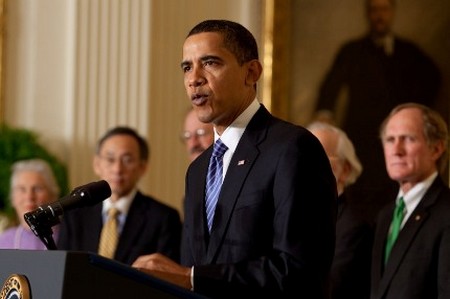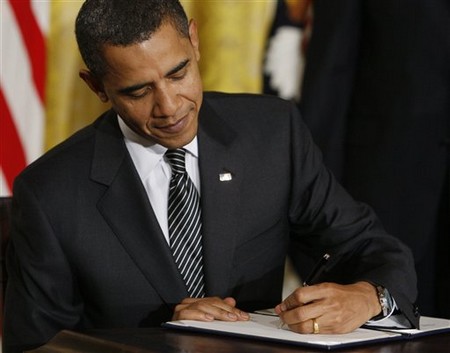History of Presidential Executive Orders
An Executive Order is a powerful regulation first used by President George Washington on June 8, 1789. It carries the full force of the law when based on the president’s constitutional power, and Congress passed said order into law. Executive orders direct federal agencies and officials in their implementation of Congressional laws and policies. This regulation that the acting president issues legally binds agencies and officials. The president delivers Executive Orders to Federal Administrative Agencies.
History of Executive Orders
The first Executive Order that George Washington issued instructed the heads of departments to clarify important matters in said departments. Between 1789 and 1907, presidents issued close to 2400 Executive Orders. The Department of State started filing the orders chronologically in 1907 with numbers issued to them. The State Department filed 13,000 Executive Orders between 1908 and 1991. The Executive Orders are filed with the Department of State when the president finishes issuing them.

Since their inception, their use has varied in such cases as regulating the civil service, determining holidays for federal workers, establishing security programs and classifying government documents as top secret or secret. Their use also allows the allotment of public lands for Indian reservations and environmental protection. Use of Executive Orders helps organize federal disaster assistance efforts as well.
Limits to Executive Orders
A federal court can enforce an executive order if Congress enacted it so long as it does not go against federal law. New legislation can cancel or nullify an Executive Order the president issued if the Supreme Court or lower federal courts deem such unconstitutional. President Harry S. Truman felt that a nation-wide strike of steel workers in 1952 would jeopardize national defense, so he issued an Executive Order directing the Secretary of Commerce to seize and operate most steel mills in the country. Congress balked at the measure it did not give the President given statutory authority to conduct the seizure of the mills. The Supreme Court ruled in favor of the union that the President violated the due process clause of the Constitution by seizing the property.
Other presidents tangled with Congress over Executive Orders as well. President Franklin D. Roosevelt used Executive Orders during his term to create agencies without getting Congressional approval. In 1944 Congress passed a law to prohibit this practice. After President Richard M. Nixon tried to dissolve several agencies by Executive Order, Congress passed a law in 1968 that stopped presidents from doing this without Congressional authority.
Executive Orders can also allow a president more clout in decisions during periods of war. Franklin Roosevelt used this expanded power to take possession of defense plants to guarantee production of aircraft in World War II. He later used a series of Executive Orders to establish a curfew for Japanese Americans to limit their mobility on the West Coast. He used an Executive Order in 1944 to intern them in camps.

Recent Executive Orders
On Jan. 11, 2010, President Barack Obama signed an Executive Order establishing the Council of Governors to strengthen the partnership between federal, state and local governments. The order enabled better protection of the U.S. against all types of danger. The appointed Council reviews such matters involving the National Guard, homeland defense, civil support, synchronization and integration of state and federal military activities in the U.S. “and other matters of mutual interest pertaining to National Guard, homeland defense, and civil support activities”.
References
http://www.answers.com/topic/executive-order-1
